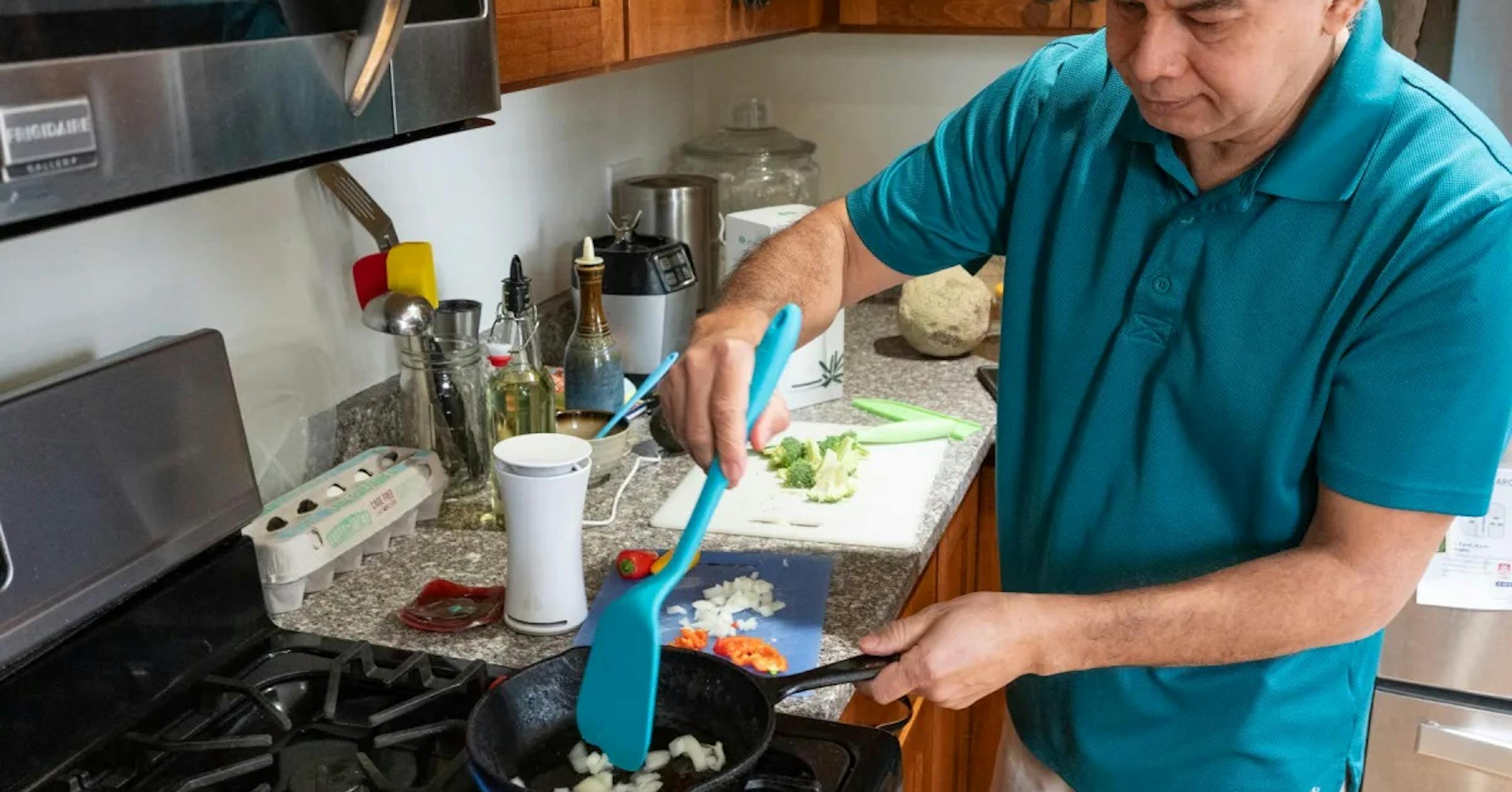Breathing Fire: Inside Minnesota Homes' Hidden Air Quality Battle

Gas Cooking: The Hidden Health Risks Lurking in Your Kitchen
Many households rely on gas stoves as their primary cooking method, valuing their instant heat and precise temperature control. However, beneath the convenience lies a potential health concern that often goes unnoticed.
Recent studies have shed light on the invisible dangers associated with gas cooking. These stoves emit more than just delicious meals—they release a cocktail of harmful pollutants directly into your home's air. Nitrogen dioxide, carbon monoxide, and formaldehyde are just a few of the toxic substances that can accumulate during cooking.
For families, the risks are particularly concerning. Children living in homes with gas stoves are 42% more likely to develop asthma symptoms compared to those in homes with electric alternatives. The microscopic particles and gases released during cooking can penetrate deep into lung tissue, potentially causing long-term respiratory issues.
While the convenience of gas cooking remains undeniable, health experts recommend several strategies to minimize exposure:
• Ensure proper ventilation when cooking
• Use range hoods that vent outside
• Consider periodic indoor air quality testing
• Explore electric or induction cooking alternatives
Understanding these risks doesn't mean abandoning your favorite cooking method, but rather approaching it with increased awareness and proactive health measures.

